Self-Interference Measurements and Analysis of Co-time Co-frequency Full Duplex Arrays in U6G Frequency Band
-
摘要: 该文研究针对U6G频段同时同频全双工阵列中的近场耦合自干扰开展了近360万次的大规模测量。在室外环境下,采用模拟波束赋形相控阵平台测量了收发波束间以及收发阵元间的耦合自干扰信道,给出了U6G全双工阵列系统面临的潜在自干扰水平,分析了阵列天线收发隔离度的角度和物理空间分布特征,并揭示了波束间耦合与阵元间耦合的内在联系。测量分析结果表明,收发波束间隔离度分布呈现出较强的空间对称性和方向性。此外,在相同收发阵元间距下存在着多种隔离度映射,无法被传统球面波模型准确描述。特别地,通过为无方向性的阵元间耦合信道赋予波束赋形权重,能够重现波束间自干扰耦合特性并准确预测阵列收发隔离度。Abstract:
Objective The U6G frequency band spans a continuous 700 MHz bandwidth, aligning closely with the Sub-6GHz range. It offers a balance between low-frequency coverage capabilities and high-frequency capacity advantages, making it suitable for the deployment of future 5G-A and 6G systems. With the growing demand for wireless communication services and the limited availability of spectrum resources in future networks, the need for full-duplex technology has emerged. A U6G full-duplex transceiver, with sufficient transmit-receive isolation, can transmit and receive simultaneously within the same frequency band, effectively doubling spectral efficiency compared to Time-Division Duplex (TDD) or Frequency-Division Duplex (FDD) systems. However, full-duplex systems with large-scale array antennas face the challenge of complex multi-dimensional cross-coupling strong self-interference. Near-field coupling self-interference can degrade reception sensitivity, potentially leading to the saturation of low-noise amplifiers. Understanding the near-field coupling characteristics of self-interference between arrays is crucial for evaluating the proposed full-duplex industrial standards and protocols. Currently, self-interference measurements for array systems primarily focus on the millimeter-wave band, with research on array-to-array self-interference in the U6G band being relatively scarce, mostly limited to single-antenna configurations. This work utilizes an analog beamforming phased array platform capable of precise beam steering to conduct large-scale full-duplex array self-interference coupling channel measurements in the U6G band, completing nearly 3.6 million measurements. Through these self-interference coupling channel measurements between beams as well as between array elements, an in-depth analysis is provided on the angular and physical spatial distribution characteristics of transmit-receive isolation, and the inherent connection between element-to-element coupling and beam-to-beam coupling is revealed. Methods In this work, a 128T-128R phased array platform with analog beamforming capability is deployed in an outdoor environment. Frequency-domain measurement techniques are employed to acquire the frequency response of the self-interference coupling channels between different transmit and receive beams, as well as between array elements. The spatial and numerical distribution characteristics of the coupling self-interference are analyzed using transmit-receive isolation as the evaluation criterion. The measurement process utilizes a dual-port vector network analyzer, with stepwise frequency scanning conducted across the 6675 ~6875 MHz band (with a total measurement bandwidth of 200 MHz) to measure the frequency response of the self-interference channels. For beam-to-beam coupling channels, the azimuth sweep range is set from –60° to +60°, and the elevation sweep range is from –30° to +30°, with a step interval of 2°, resulting in a total of 3,575,881 sets of beam-to-beam coupling channel data. For element-to-element coupling channels, only one pair of transmit-receive elements is excited at a time, while all other transmit and receive elements are turned off. This measurement process covers all possible transmit-receive element pairs, yielding a total of 16,384 sets of element-to-element coupling channel data.Results and Discussions The analysis of the transmit-receive isolation between beams reveals that the maximum and minimum isolation between the transmit and receive beams are 52.17 dB and –6.25 dB, respectively. Approximately 95% of the isolation values fall between 10 dB and 40 dB, with a median isolation of 26.66 dB ( Fig. 6 ). The isolation distribution between beams exhibits strong spatial symmetry and directionality (Fig. 7 ,Fig. 8 ,Fig. 9 ,Fig. 10 ). Specifically, steering the transmit and receive beams along the direction of the array causes significant variations in the self-interference coupling, with no transmit and receive beams consistently providing high or low isolation (Fig. 7 ). Moreover, in the U6G frequency band, the sensitivity of self-interference coupling to beam steering is much weaker than in the millimeter-wave frequency band (Fig. 9 ). Therefore, relying on beam steering to reduce self-interference in the U6G frequency band may be inefficient and result in suboptimal performance.The analysis of the transmit-receive isolation between array elements indicates that the maximum and minimum isolation between transmit and receive elements are 88.08 dB and 54.48 dB, respectively. Approximately 95% of the isolation values fall between 63 dB and 76 dB, with a median isolation of 69.43 dB (Fig. 11 ). Even with the same element spacing, the isolation between elements is not necessarily the same; multiple isolation mappings exist for the same distance (Fig. 12 ). This many-to-one mapping relationship is likely due to differences in multipath propagation between the positions of the transmit and receive elements, as well as amplitude-phase inconsistencies in the transmit and receive chains. Furthermore, by assigning beamforming weights to the non-directional element-to-element coupling channels, the transmit-receive isolation between beams can be reliably predicted. This approach accurately reproduces the self-interference coupling between the transmit and receive beams and, compared to the spherical wave model, better captures the realistic characteristics of self-interference in both spatial and numerical distributions (Fig. 13 ,Fig. 14 ).Conclusions This study examines the near-field self-interference coupling characteristics of U6G full-duplex array systems through nearly 3.6 million measurements. The measurement and analysis results demonstrate that the isolation distribution between transmit and receive beams exhibits strong spatial symmetry and directionality. In contrast to the millimeter-wave frequency band, self-interference coupling in the U6G band shows weaker sensitivity to beam steering. Therefore, relying solely on beam steering to reduce self-interference is insufficient to achieve the required receiver sensitivity, necessitating the adoption of additional active or passive spatial self-interference suppression techniques. In some cases, a combination of RF and digital-domain self-interference suppression techniques may also be necessary.Furthermore, measurements of the self-interference coupling channels between transmit and receive array elements reveal that multiple isolation mappings exist for the same element spacing, which cannot be accurately described by traditional spherical wave models. In particular, by assigning beamforming weights to the non-directional element-to-element coupling channels, the self-interference coupling characteristics between beams can be replicated, and the array isolation can be accurately predicted. These measurement and analysis results provide essential insights for the design of U6G full-duplex communication systems and lay the foundation for future work on self-interference channel modeling, beamforming optimization, and self-interference suppression. -
[1] 中华人民共和国工业和信息化部. 中华人民共和国无线电频率划分规定[EB/OL]. https://wap.miit.gov.cn/cms_files/filemanager/1226211233/attach/20236/d1dc19424d5a4cfe90d631adeee8dd58.pdf, 2023.Ministry of Industry and Information Technology of the People’s Republic of China. Regulations on radio frequency classification of the People’s Republic of China. [EB/OL]. https://wap.miit.gov.cn/cms_files/filemanage/1226211233/attach/20236/d1dc19424d5a4cfe90d631adeee8dd58.pdf, 2023. [2] 韩瑜, 章嘉懿, 金石. U6G超大规模MIMO技术[J]. 中兴通讯技术, 2024, 30(3): 67–71. doi: 10.12142/ZTETJ.202403011.HAN Yu, ZHANG Jiayi, and JIN Shi. U6G extra-large scale MIMO technology[J]. ZTE Technology Journal, 2024, 30(3): 67–71. doi: 10.12142/ZTETJ.202403011. [3] SMIDA B, WICHMAN R, KOLODZIEJ K E, et al. In-band full-duplex: The physical layer[J]. Proceedings of the IEEE, 2024, 112(5): 433–462. doi: 10.1109/JPROC.2024.3366768. [4] KOLODZIEJ K E, PERRY B T, and HERD J S. In-band full-duplex technology: Techniques and systems survey[J]. IEEE Transactions on Microwave Theory and Techniques, 2019, 67(7): 3025–3041. doi: 10.1109/TMTT.2019.2896561. [5] SHI Chengzhe, PAN Wensheng, SHEN Ying, et al. Robust transmit beamforming for self-interference cancellation in STAR phased array systems[J]. IEEE Signal Processing Letters, 2022, 29: 2622–2626. doi: 10.1109/LSP.2022.3229641. [6] ROBERTS I P, CHOPRA A, NOVLAN T, et al. Beamformed self-interference measurements at 28 GHz: Spatial insights and angular spread[J]. IEEE Transactions on Wireless Communications, 2022, 21(11): 9744–9760. doi: 10.1109/TWC.2022.3179232. [7] ROBERTS I P, CHOPRA A, NOVLAN T, et al. Spatial and statistical modeling of multi-panel millimeter wave self-interference[J]. IEEE Journal on Selected Areas in Communications, 2023, 41(9): 2780–2795. doi: 10.1109/JSAC.2023.3292958. [8] CHOPRA A, ROBERTS I P, NOVLAN T, et al. 28 GHz phased array-based self-interference measurements for millimeter wave full-duplex[C]. 2022 IEEE Wireless Communications and Networking Conference (WCNC), Austin, USA, 2022: 2583–2588. doi: 10.1109/WCNC51071.2022.9771589. [9] ASKAR R, SCHMIEDER M, PETER M, et al. Self-interference channel measurements utilizing mmWave phased arrays for full-duplex IAB scenario[C]. 2022 IEEE Globecom Workshops (GC Wkshps), Rio de Janeiro, Brazil, 2022: 1057–1061. doi: 10.1109/GCWkshps56602.2022.10008493. [10] HE Yongyu, YIN Xuefeng, and CHEN Hong. Spatiotemporal characterization of self-interference channels for 60-GHz full-duplex communication[J]. IEEE Antennas and Wireless Propagation Letters, 2017, 16: 2220–2223. doi: 10.1109/LAWP.2017.2707318. [11] HANEDA K, JÄRVELÄINEN J, KARTTUNEN A, et al. Self-Interference channel measurements for in-band full-duplex street-level backhaul relays at 70 GHz[C]. 2018 IEEE 29th Annual International Symposium on Personal, Indoor and Mobile Radio Communications (PIMRC), Bologna, Italy, 2018: 199–204. doi: 10.1109/PIMRC.2018.8580687. [12] ASKAR R, SARMADI M M, UNDI F, et al. Time dispersion parameters of indoor self-interference radio channels in Sub-7-GHz bands[C]. 2020 IEEE Wireless Communications and Networking Conference Workshops (WCNCW), Seoul, Korea (South), 2020: 1–6. doi: 10.1109/WCNCW48565.2020.9124783. [13] ASKAR R, SARMADI M M, UNDI F, et al. Time dispersion parameters of outdoor cross-polar self-interference radio channels in sub-8-GHz bands[C]. 2020 IEEE International Conference on Communications Workshops (ICC Workshops), Dublin, Ireland, 2020: 1–6. doi: 10.1109/ICCWorkshops49005.2020.9145172. [14] HEATH JR R W and LOZANO A. Foundations of MIMO Communication[M]. Cambridge, UK: Cambridge University Press, 2018: 616–617. [15] BALANIS C A. Antenna Theory: Analysis and Design[M]. 4th ed. Hoboken, USA: John Wiley & Sons, 2016: 163–164. [16] JIANG J S and INGRAM M A. Spherical-wave model for short-range MIMO[J]. IEEE Transactions on Communications, 2005, 53(9): 1534–1541. doi: 10.1109/TCOMM.2005.852842. [17] FRIIS H T. A note on a simple transmission formula[J]. Proceedings of the IRE, 1946, 34(5): 254–256. doi: 10.1109/JRPROC.1946.234568. -






 下载:
下载:




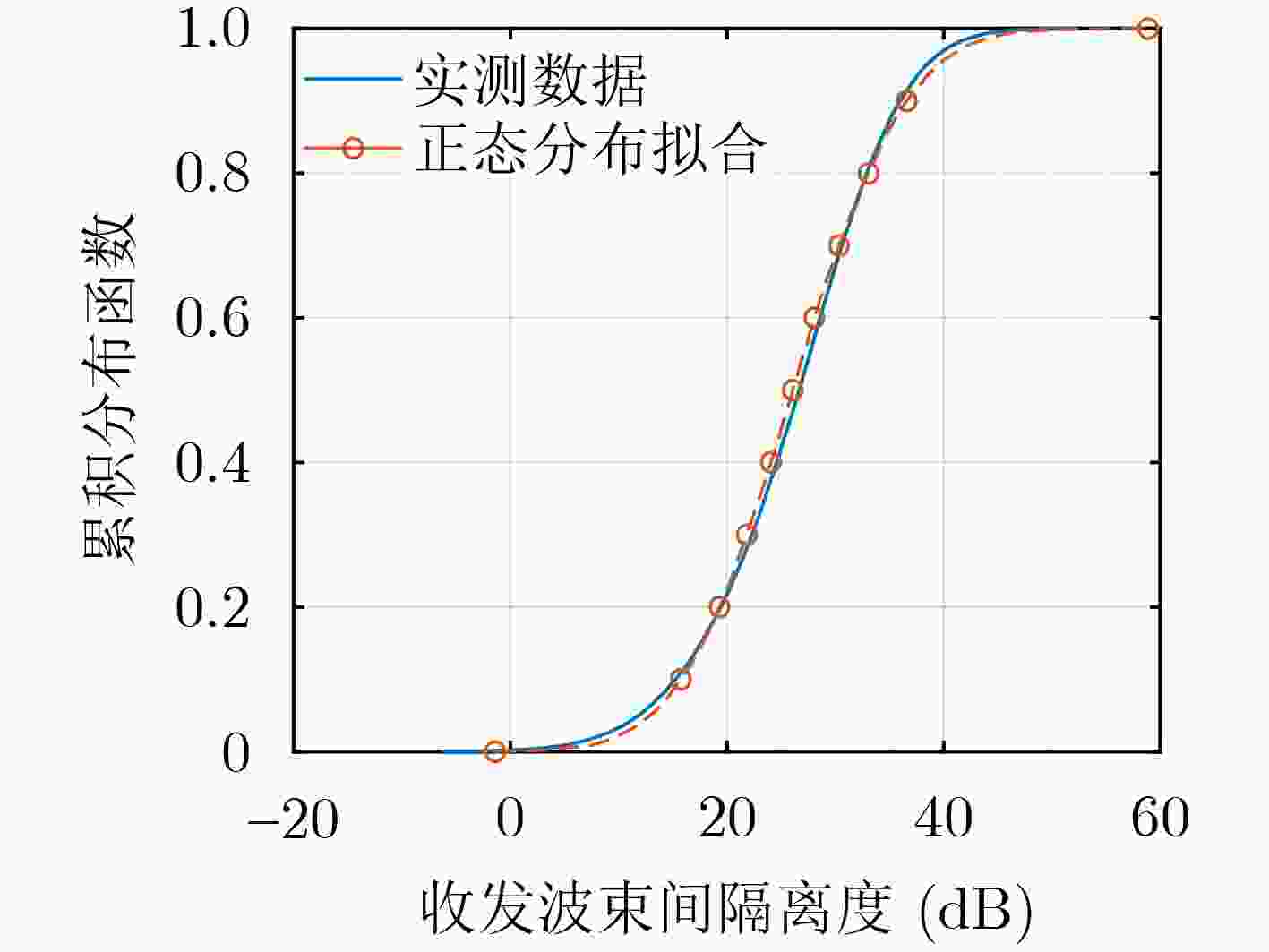
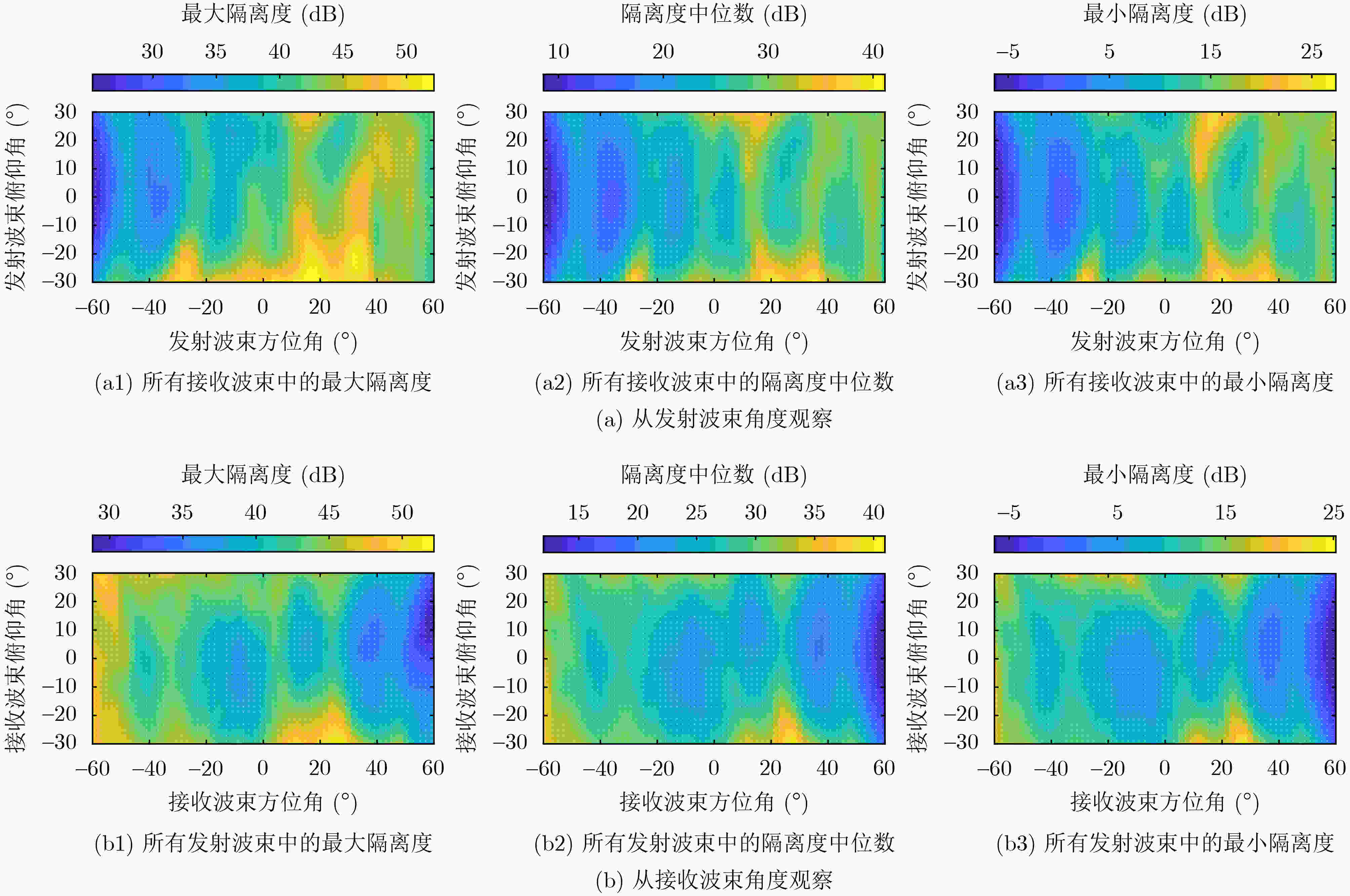
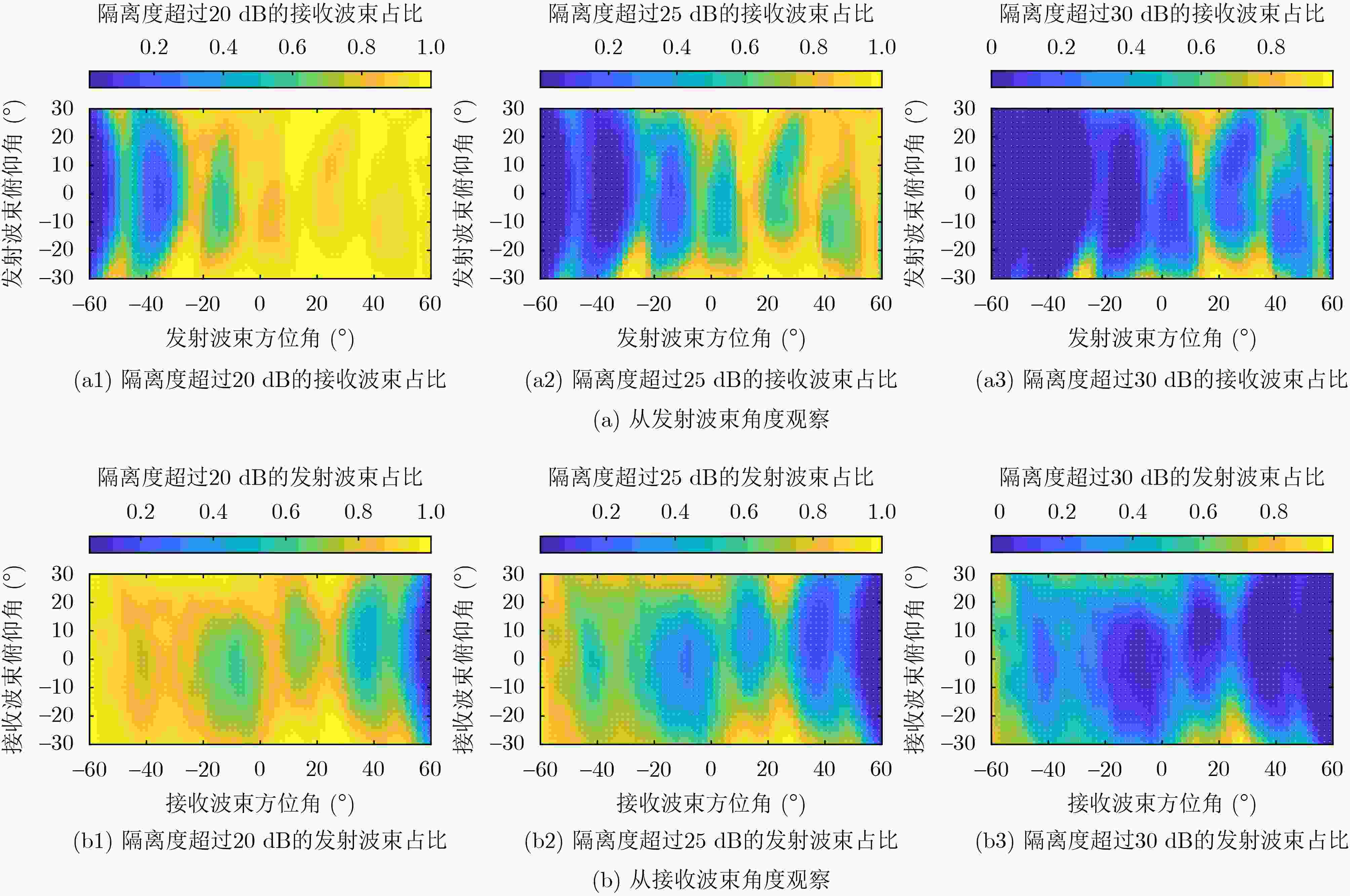
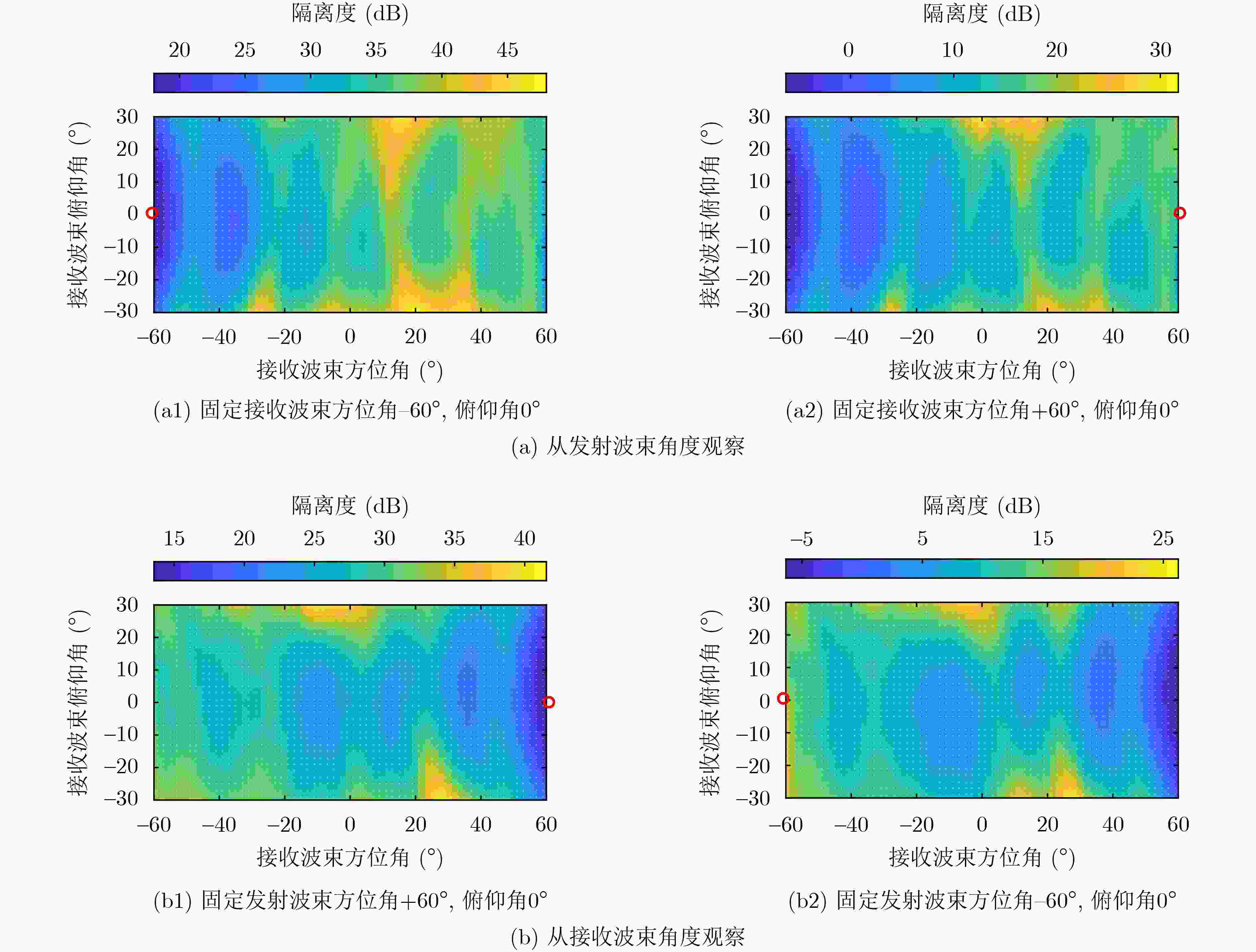

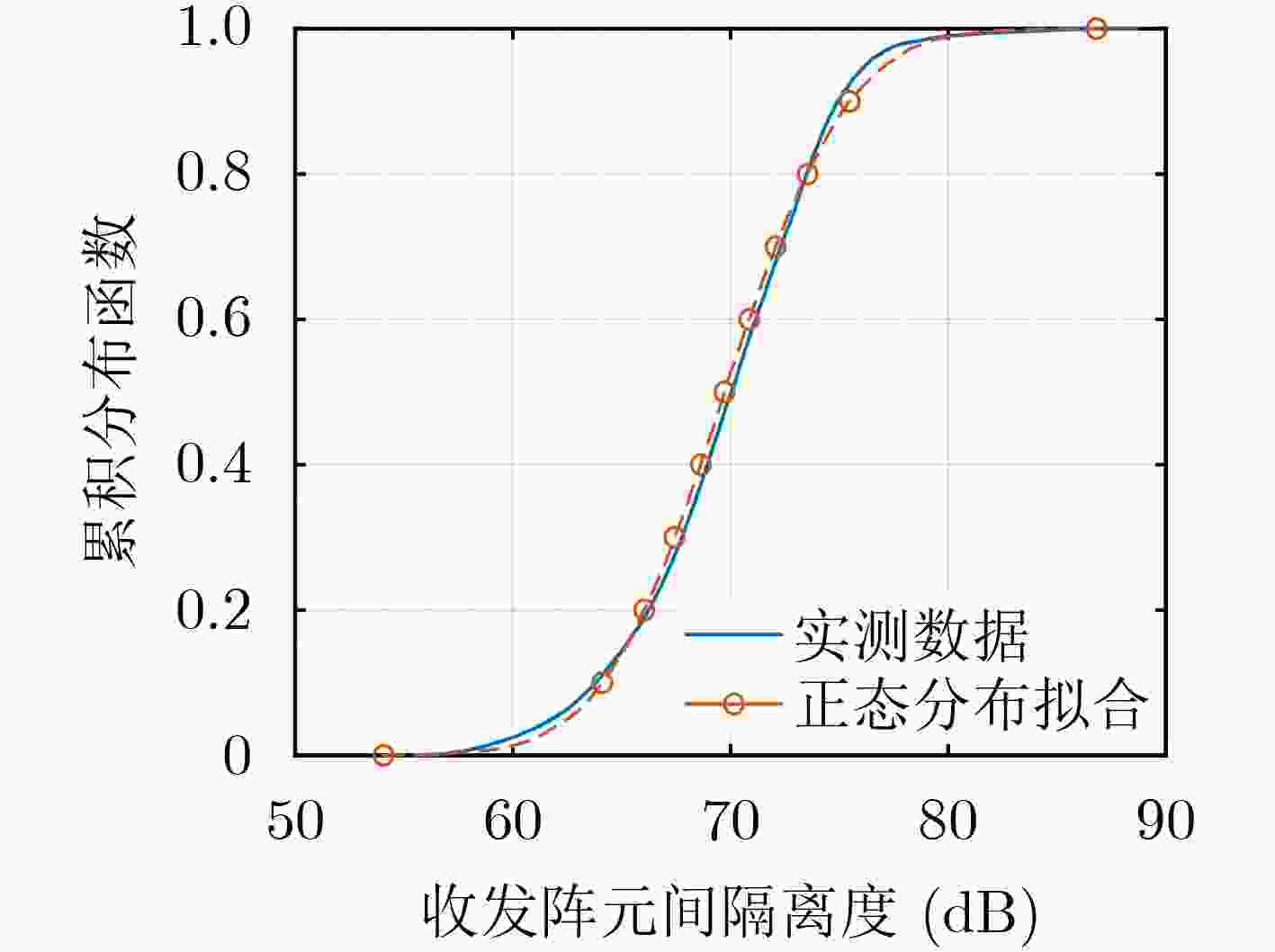
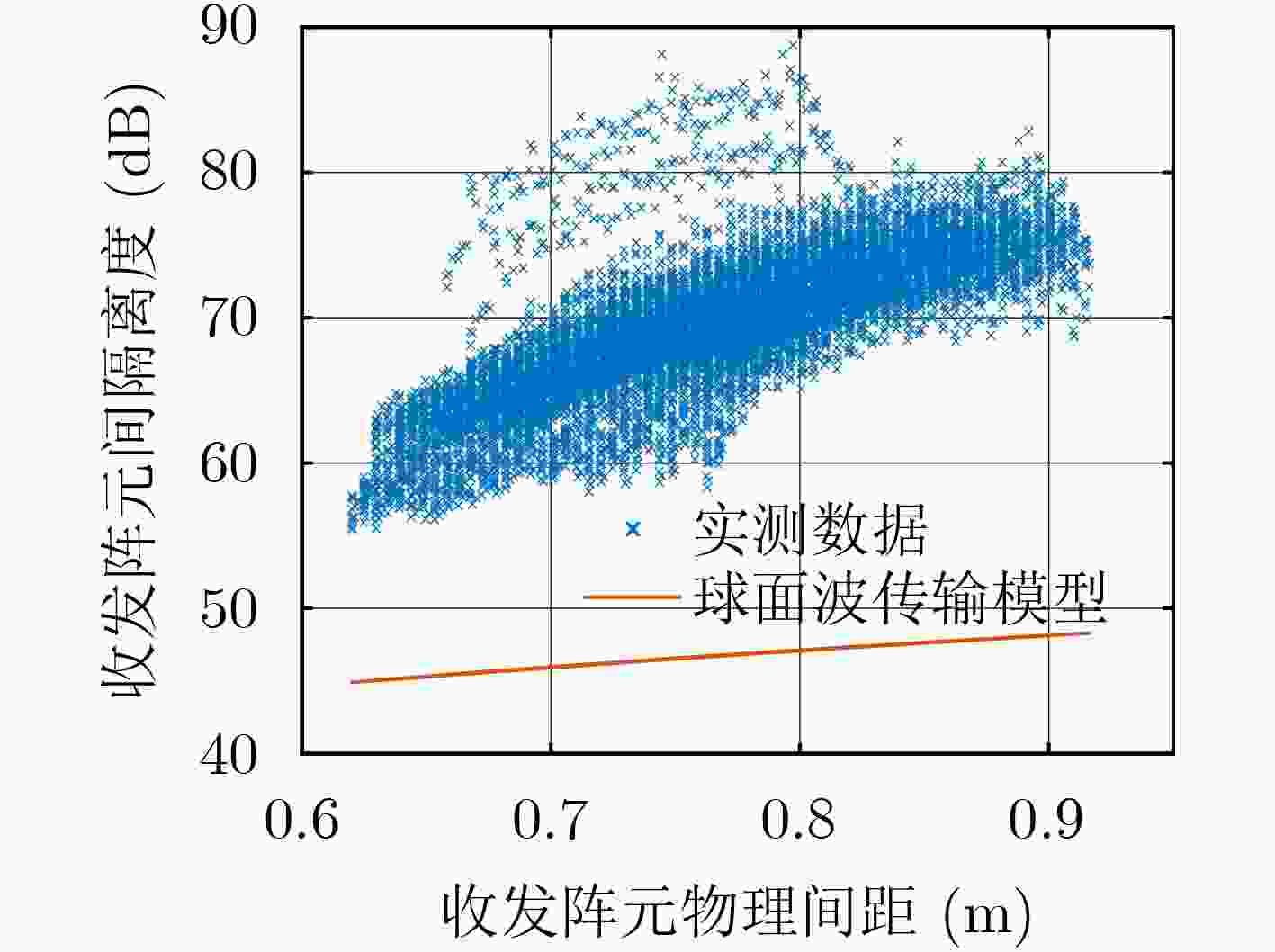




 下载:
下载:
